Vaccine Preventable Diseases Surveillance Standards
Description
The purpose of this document is to provide World Health Organization (WHO)-recommended standards for conducting surveillance for vaccine preventable diseases (VPDs). VPD surveillance provides vital information to help countries understand disease burden and epidemiology to inform vaccine policy and strategy. This document is intended to provide a set of standards that countries should consider in establishing and improving existing VPD surveillance. Countries may adapt these standards based on local epidemiology, policy, disease control objectives and strategies. While the primary audiences of this document are country programme managers, it is important to recognize that standardized global surveillance data are useful for developing global vaccination policy.
These guidelines are not intended to be comprehensive for all aspects of VPDs. This document does not include step-by-step surveillance protocols, detailed laboratory methods, templates for line lists or databases, recommendations for monitoring adverse events following immunization or guidance on vaccination coverage surveys. In addition, details on routine immunization schedules will not be given here but may be found on the WHO website.
French and Russian versions available via the "Learn more" button.
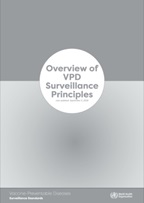
Overview: Vaccine Preventable Diseases Surveillance Standards
This document provides World Health Organization (WHO)-recommended standards for conducting surveillance for vaccine-preventable diseases (VPDs). VPD...
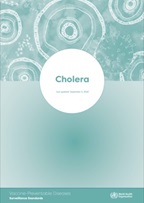
Cholera: Vaccine Preventable Diseases Surveillance Standards
Cholera is a diarrhoeal disease caused by toxigenic serogroups of the bacterium Vibrio cholerae, which can cause rapid dehydration and death. Cholera...
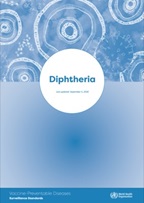
Diphtheria: Vaccine Preventable Diseases Surveillance Standards
Diphtheria is caused by Corynebacterium species, mostly by toxin-producing Corynebacterium diphtheriae and rarely by toxin-producing strains of C....
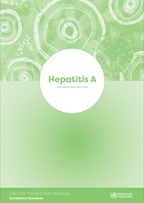
Hepatitis A: Vaccine Preventable Diseases Surveillance Standards
The hepatitis A virus (HAV) is transmitted primarily via the faecal/oral route either through ingestion of contaminated food and water or through direct...
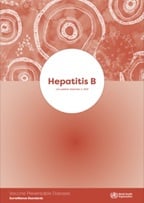
Hepatitis B: Vaccine Preventable Diseases Surveillance Standards
Hepatitis B virus (HBV) is transmitted by exposure of mucosal membranes or non-intact skin to infected blood or other body fluids....
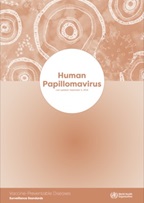
Human papillomaviruses (HPV) are the most common sexually transmitted infection. Although the majority of infections do not cause illness, persistent...
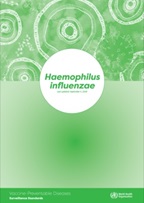
The bacteria Haemophilus influenzae type b (Hib) was the leading cause of non-epidemic bacterial meningitis worldwide in children prior to the introduction...
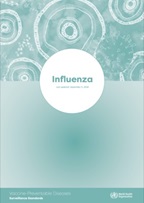
Influenza: Vaccine Preventable Diseases Surveillance Standards
Influenza viruses are orthomyxoviruses that cause acute respiratory illness, ranging from mild febrile illness accompanied by body aches, cough and...
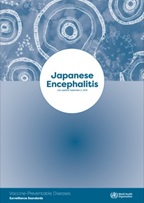
Japanese encephalitis ( JE) is one of the most common encephalitides worldwide, with an estimated 68 000 cases and 13 20–600 400 deaths annually...
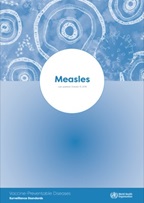
Measles: Vaccine Preventable Diseases Surveillance Standards
Measles is one of the most contagious diseases for humans. It is caused by a paramyxovirus virus, manifesting as a febrile rash illness. The incubation...
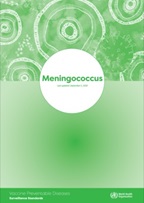
Meningococcus: Vaccine Preventable Diseases Surveillance Standards
Neisseria meningitidis (Nm) is a gram-negative bacterium that usually resides harmlessly in the human pharynx. Under certain conditions, asymptomatic...
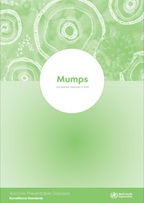
Mumps: Vaccine Preventable Diseases Surveillance Standards
Mumps, caused by a paramyxovirus, is generally a mild disease with fever, headache and swelling of the salivary glands (parotitis); however, complications...

Pertussis: Vaccine Preventable Diseases Surveillance Standards
Pertussis (whooping cough), caused by Bordetella pertussis, is endemic in all countries. Globally, it is estimated that there were 24.1 million pertussis...
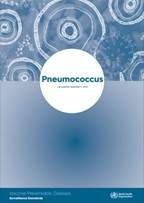
Pneumococcus: Vaccine Preventable Diseases Surveillance Standards
The bacteria Streptococcus pneumoniae (pneumococcus) is the most frequent cause of severe pneumonia and pneumonia deaths worldwide. Pneumococci frequently asymptomatically...
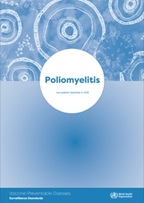
Polio: Vaccine Preventable Diseases Surveillance Standards
Polioviruses are human enteroviruses with serotypes 1, 2 or 3. The incubation period is usually 7–10 days (range 4–35 days). Most people...
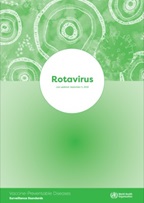
Rotavirus: Vaccine Preventable Diseases Surveillance Standards
Rotavirus, a member of the reovirus family, causes watery diarrhoea, vomiting and severe dehydration in young children. Rotavirus is common, accounting...

Rubella: Vaccine Preventable Diseases Surveillance Standards
Rubella is an acute viral disease traditionally affecting susceptible children and young adults. Its public health importance is due mainly to the...
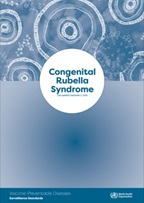
Rubella is an acute viral disease often affecting susceptible children and young adults worldwide. Although it causes only a mild clinical illness...
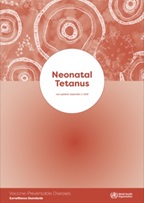
The World Health Organization (WHO) estimated that there were 34 000 neonatal tetanus (NT) deaths worldwide in 2015. This 96% reduction from an estimated...
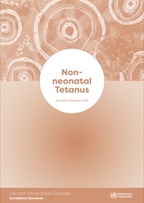
Globally, approximately 13,500 tetanus cases were reported in 2016 through the WHO/UNICEF Joint Reporting Form, with 85% of cases occurring after the...
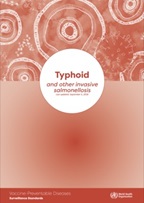
Typhoid: Vaccine Preventable Diseases Surveillance Standards
Enteric fever (typhoid and paratyphoid fever) is caused by Salmonella enterica serovar Typhi (S. Typhi) and Salmonella enterica serovar Paratyphi (S....

Varicella: Vaccine Preventable Diseases Surveillance Standards
Varicella-zoster virus (VZV) causes both varicella (chickenpox) by primary infection and herpes zoster (HZ or shingles) by endogenous reactivation...
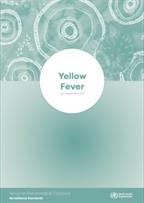
The purpose of this document is to provide World Health Organization (WHO)-recommended standards for conducting surveillance for vaccine preventable diseases...

Annex 1 - Tools for a surveillance review: Vaccine Preventable Diseases Surveillance Standards
As part of the national desk review, VPD surveillance should be assessed to understand the diseases under surveillance and to identify which need more...

This annex provides guidance on the use of serosurveys to estimate population immunity and monitor disease risk for tetanus.The aims of tetanus vaccination...
